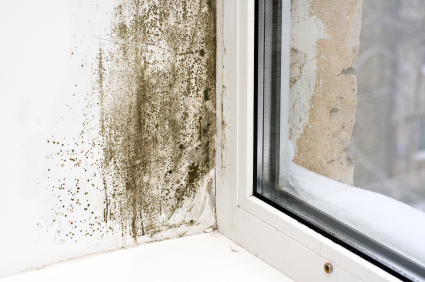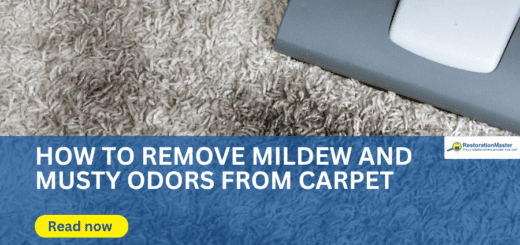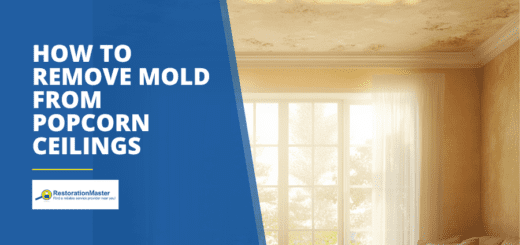What is Pink Mold and How to Remove It
Mold is a natural substance that is frequently present in both indoor and outdoor environments. However, discovering mold growing in your home or property is a major concern that must be taken seriously. This fungus can cause serious damage to your property and pose severe health risks to anyone exposed.
Different mold species have unique traits and require specific treatment methods. Using an incorrect cleaning approach can exacerbate the problem. Therefore, it’s crucial to recognize pink mold and understand the most effective removal techniques.
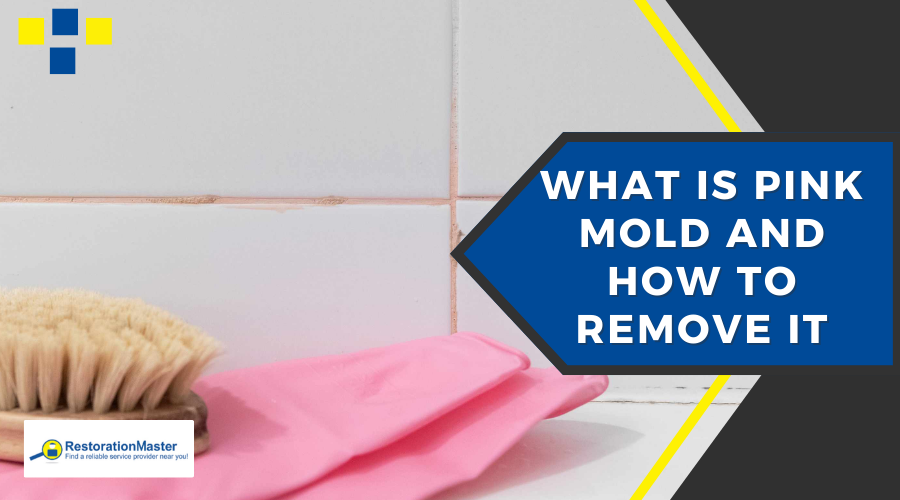
What is Pink Mold?
Pink mold, often mistaken for actual mold, is a common and unwelcome visitor in many homes, particularly in moisture-rich areas like bathrooms. Different than traditional mold, pink mold is a water-borne bacteria known as Serratia marcescens. It typically appears as a pink, orange, or reddish film on surfaces such as shower curtains, toilets, and tiles. Additionally, pink mold often has a slimy texture, making it commonly mistaken for soap scum.
Despite its appearance, this bacteria can contribute to unpleasant odors and potential health issues if not addressed. To maintain a clean and healthy living space, it is essential to understand what pink mold is and how to effectively combat it.
What Causes Pink Mold to Grow?
Serratia marcescens, or pink mold, thrives in specific conditions which makes it a common issue for homes, specifically in areas with high moisture and warmth. Below are the most common factors that cause pink mold to grow.
Excess Moisture
Pink mold requires a consistently moist environment to thrive. High humidity and frequent water exposure from showers, sinks, and toilets create ideal conditions for its growth. Areas that have regular condensation or where water collects are particularly vulnerable.
Poor Ventilation
Ventilation is crucial for maintaining low moisture levels. Areas with poor ventilation, such as bathrooms without exhaust fans or rooms with limited air circulation, tend to retain moisture. This air contributes to the buildup of dampness, which can encourage the growth of pink mold.
Soap Scum and Residues
Surfaces that are coated with soap scum, body oils, and other organic residues attract pink mold spores. These residues provide pink mold with a nutrient-rich environment, encouraging them to thrive. Areas like shower doors, tiles, and sink rims, accumulate soap and skin cells, making them common places for pink mold to thrive.
Warm Temperatures
Although pink mold can grow in a range of temperatures, warmer environments accelerate its growth. Areas that are warm and damp are favored by pink mold.
Old Fixtures
Worn-out fixtures and surfaces can have more grime and are harder to clean thoroughly. This accumulated grime can provide a breeding ground for pink mold.
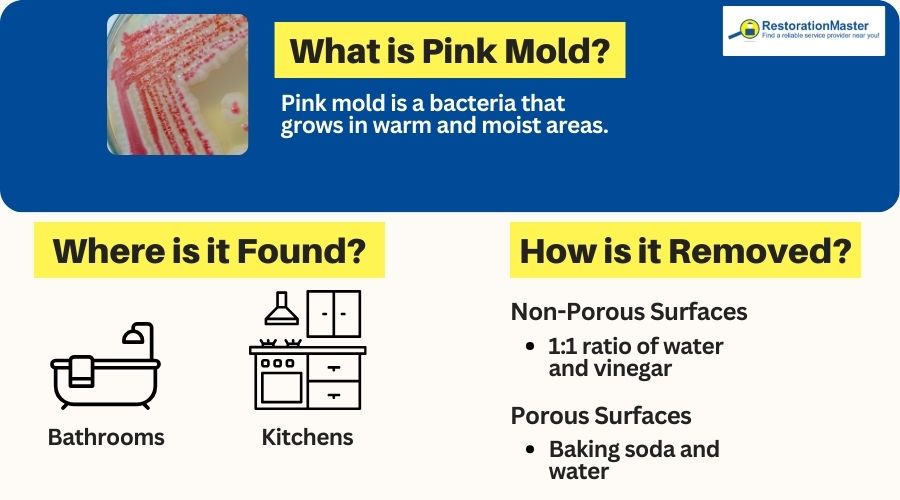
How is Pink Mold Hazardous?
Not all species of mold are dangerous, but the ones found growing indoors typically are hazardous for your health. While pink mold is not typically as hazardous as other types of mold, it can still pose significant risks. For sensitive individuals, children, seniors, and people with existing health conditions, pink mold can lead to harmful health issues.
Similar to many kinds of mold, pink mold can cause respiratory issues. This bacteria can lead to other health concerns including:
- Skin Irritation
- Gastrointestinal Problems
- Asthma
- Allergies
- Urinary Tract Infections
- Respiratory System Infections
Although pink mold is less dangerous compared to some molds and fungi, it is still important to address it promptly to prevent any potential health risks and maintain a clean and healthy environment.
How to Remove Pink Mold
Dealing with pink mold, or Serratia marcescens, requires a thorough approach to ensure effective removal and prevent future growth. This type of bacteria can be both unsightly and problematic. Proper cleaning and moisture management are key to addressing the issue. Follow this step-by-step guide to help you effectively remove pink mold from your home.
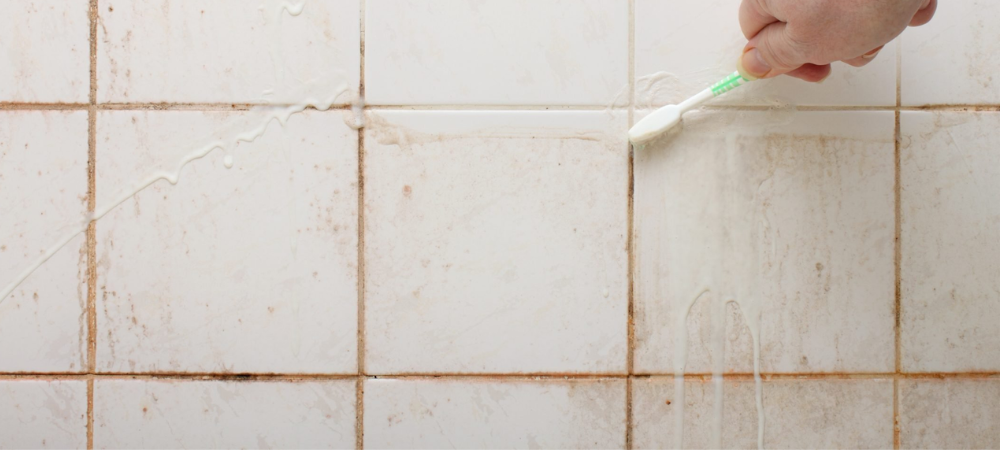
- Gather Supplies: You will need gloves, a mask, vinegar, baking soda, a scrub brush, and water.
- Protect Your Health: When coming in contact with any mold or bacteria, it is essential to protect your health and safety. Wear gloves and a mask to avoid direct contact.
- Ventilate the Area: To ensure good airflow, open windows and use fans in the area you are cleaning. This will help with the concentration of mold spores and the drying process.
- Clean the Affected Areas:
- Non-Porous Surfaces- Clean surfaces like tiles, sinks, and shower walls using a 1:1 ratio of water and vinegar. Scrub the affected areas with a brush or sponge to remove the pink film.
- Porous Surfaces- Porous materials, such as grout, may need a mixture of baking soda and water to scrub the pink mold. If the surface is heavily contaminated, you should be prepared for a more intensive cleaning.
- Rinse and Dry: After cleaning the area, completely rinse the area with clean water and dry thoroughly. Be sure to remove all excess water to prevent it from returning.
- Regular Cleaning: Maintain a regular cleaning routine to prevent the pink mold from reappearing. Regularly clean surfaces that are susceptible to moisture and warmth.
Vinegar contains antibacterial properties that can help eliminate pink mold. It is the preferred at-home cleaning agent among many, as it is non-toxic and effective at removing mold.
Prevention Methods
To prevent pink mold throughout your home, controlling moisture levels and maintaining a clean environment is essential. To begin, ensure that high-moisture areas such as bathrooms and kitchens are well-ventilated by using exhaust fans and opening windows to encourage air circulation. Address any leaks from fixtures or surfaces that could cause water to gather, leading to persistent damp conditions. Regular cleaning schedules should be a priority to prevent other types of mold growth as well.
By implementing these strategies, you can effectively reduce the risk of pink mold and maintain cleaner, healthier living environment,
Professional Mold Remediation
Because mold can be hazardous to your health, it is not always good to clean and remove mold on your own. Sometimes, the job is too large for you to handle safely and effectively. Regardless of your specific situation, professional help is always a good idea when it comes to mold removal and cleaning.
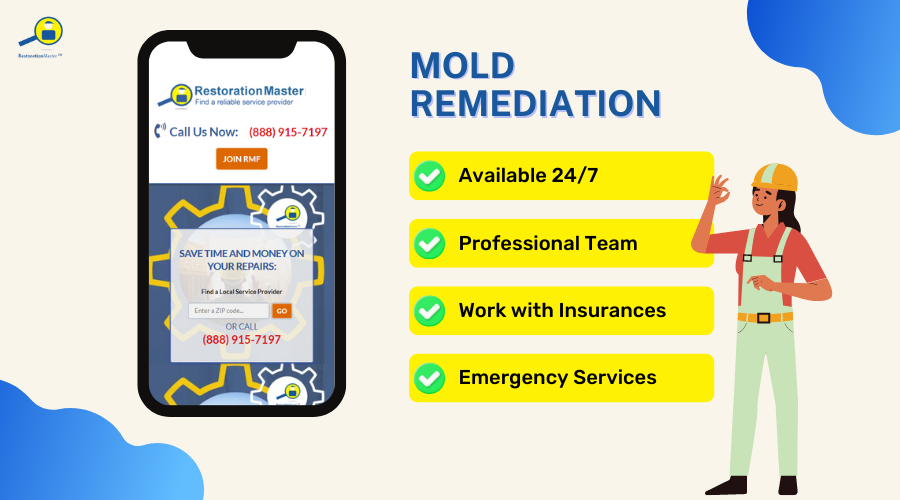
When you get help with professional mold remediation services, certified, well-trained technicians will arrive at your property to remove mold efficiently. Professionals contain the mold to prevent it from spreading to new areas. Then, they conduct mold removal and make repairs on affected surfaces.
With help from mold remediation professionals, you can feel at ease knowing your property will be restored to a clean, safe environment once again.










